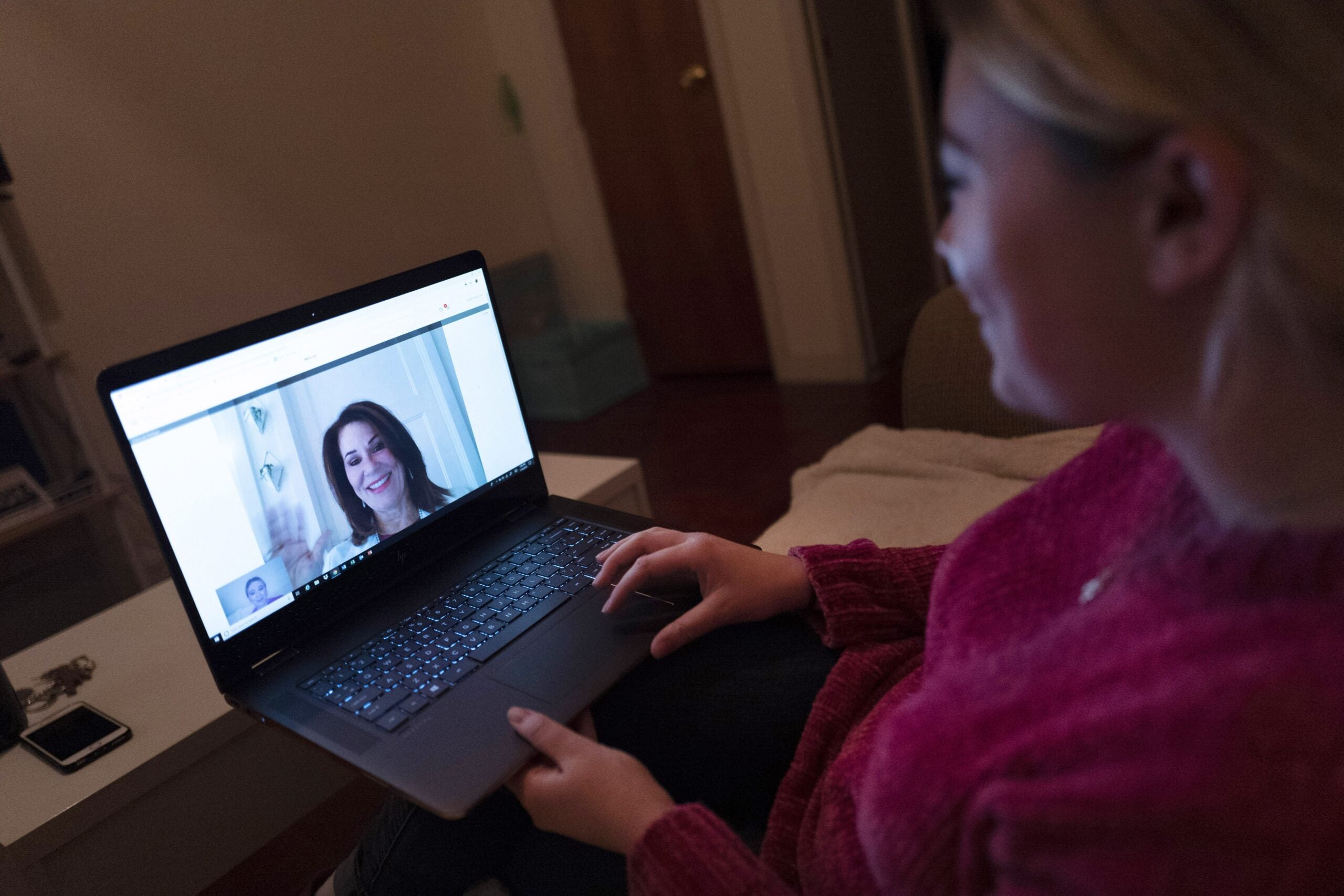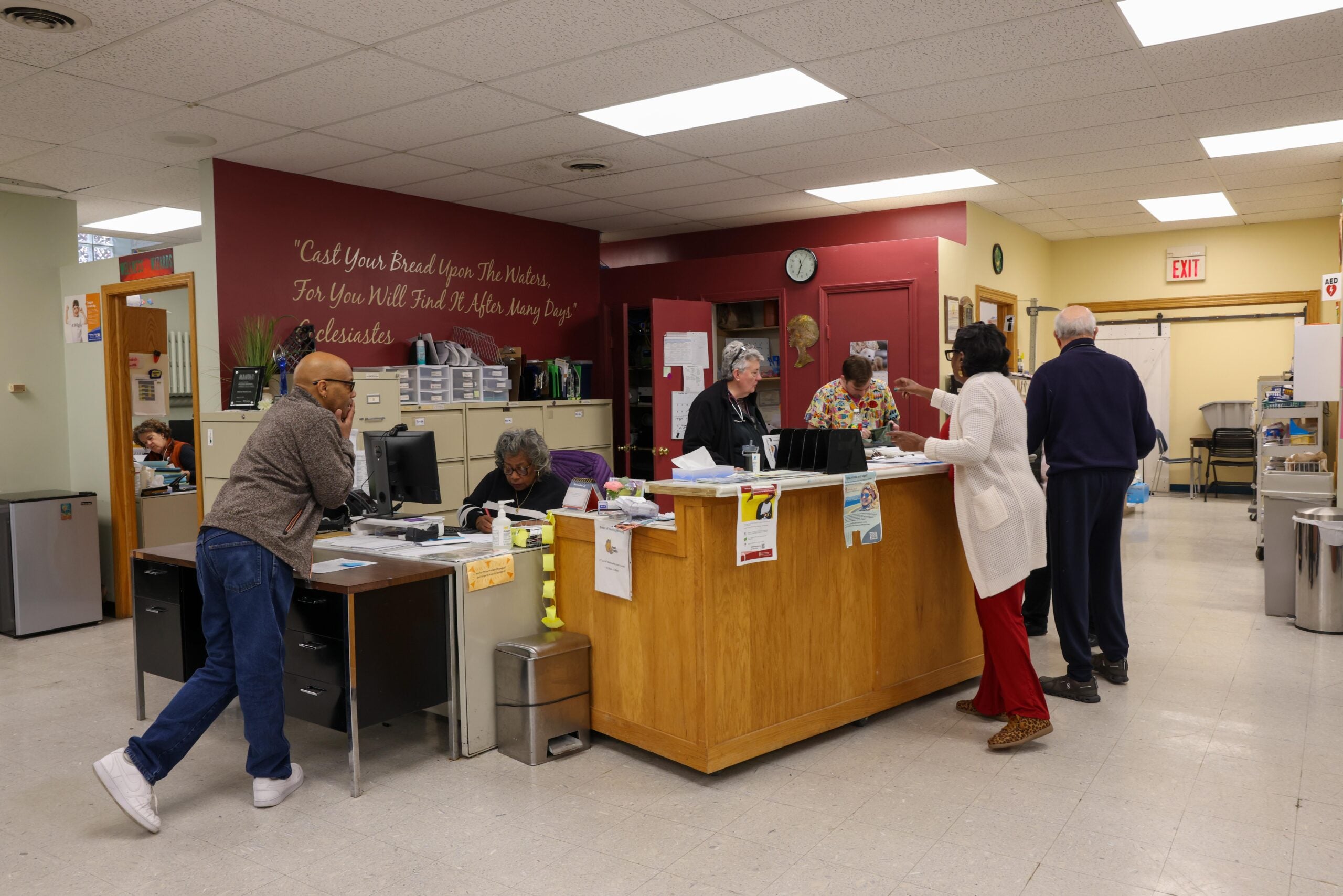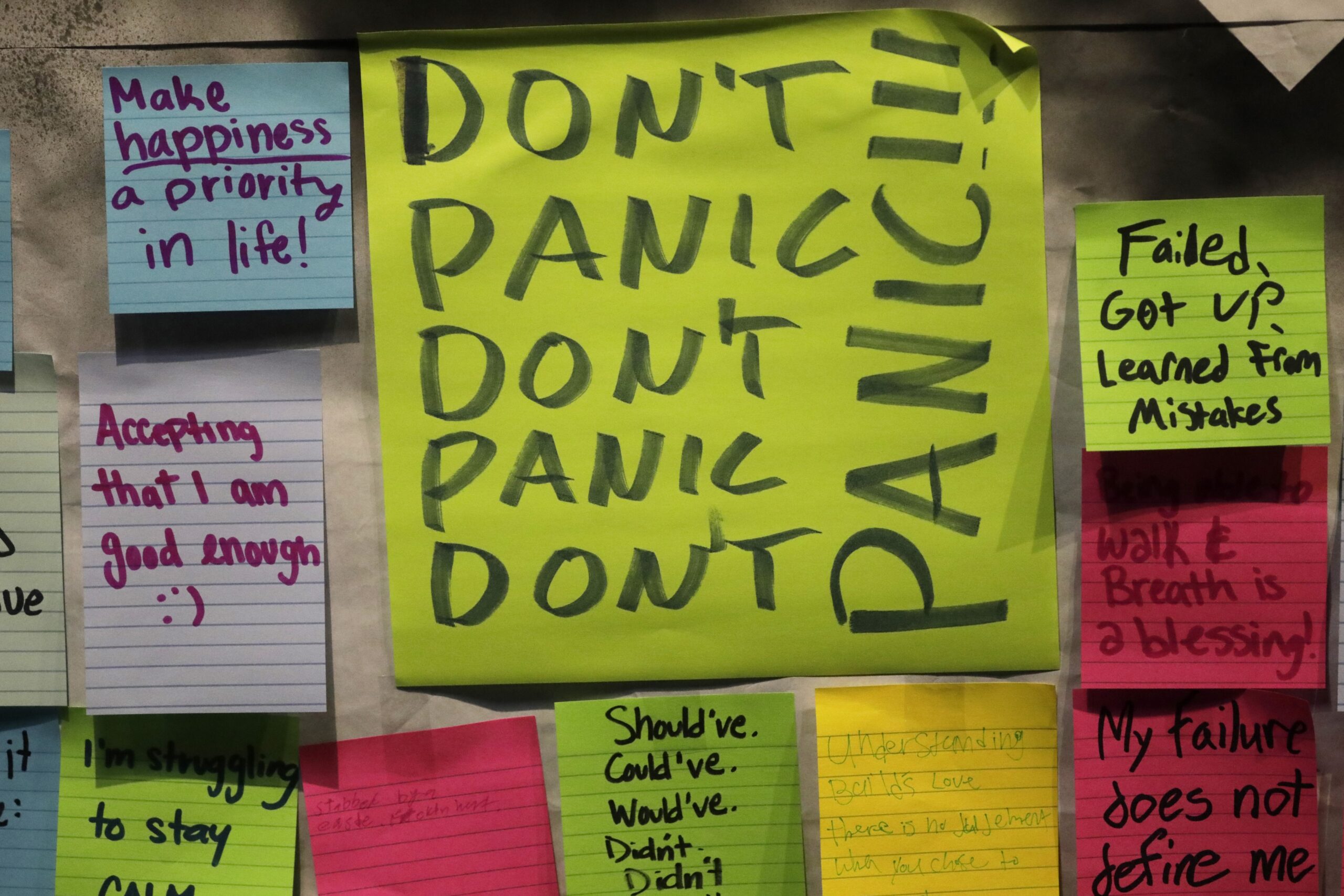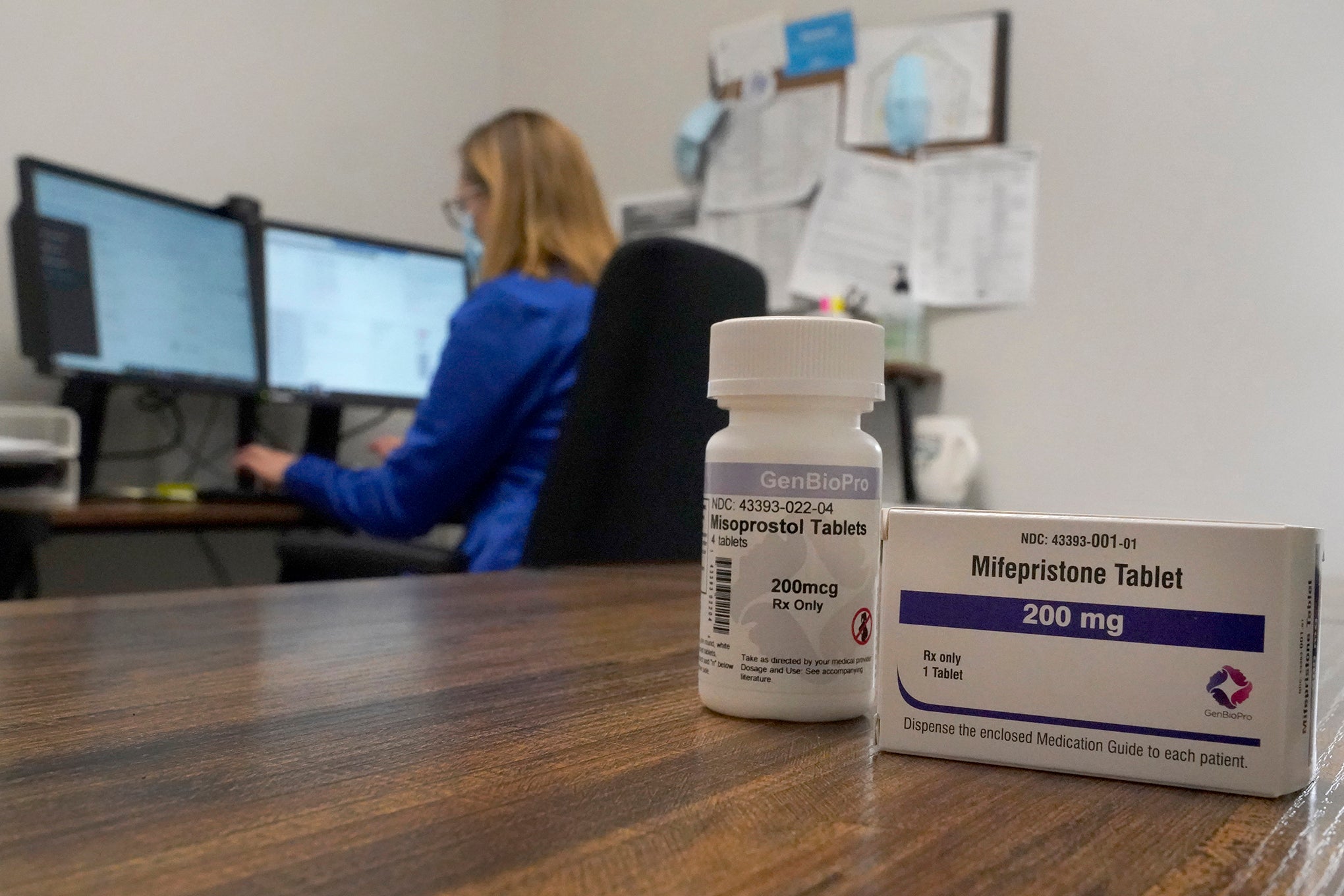As health care facilities prepare to care for a growing number of COVID-19 patients, some providers are turning to telemedicine to keep routine and non-emergency appointments.
Hospitals and clinics started canceling routine appointments and elective surgeries last week as the new coronavirus continued to spread across the state.
Dr. Thomas Brazelton is medical director for UW Health’s telehealth program and a professor of pediatrics at the University of Wisconsin-Madison School of Medicine and Public Health. In an interview with WPR’s “The Morning Show,” Brazelton said many providers haven’t invested in telehealth services because of the cost of the equipment or the desire to improve in-person treatment options.
News with a little more humanity
WPR’s “Wisconsin Today” newsletter keeps you connected to the state you love without feeling overwhelmed. No paywall. No agenda. No corporate filter.
But he said the current pandemic is prompting more providers to start using video visits.
“To keep patients out of our facilities, to ensure that we are able to triage them and say, ‘Hey, do you need to be seen or can we just check in with you on a daily basis? Or, god forbid, you need to be admitted to the hospital because symptoms have gotten so much worse’’ It truly is what we need because I can’t assess that over the phone. I need to see you,” Brazelton said.
But Brazelton said pivoting to telehealth visits isn’t simple for hospitals and clinics.
He said providers can use a variety of equipment to provide telehealth visits, so organizations have to check-in with each provider individually to ensure they have the needed equipment.
Federal regulators recently loosened restrictions around what platforms providers can use to provide telehealth visits in light of the pandemic, even allowing popular applications like Skype or FaceTime.
But Brazelton said hospitals still have a responsibility to protect patient data against hacking.
“Not all of us have the equipment that we need, certainly patients don’t all have the equipment that we need, even in the connected age we’re in,” Brazelton said.
He said UW Health has set up kiosks around the Madison area where patients can have information like their heart and lung sounds taken for a provider.
Jess Easterday, program manager of telemedicine for Gundersen Health System, said she feels like patients are adjusting the telehealth visits.
Easterday told “The Morning Show” that Gundersent physicians continue to switch appointments to an audio or video visit.
“This is definitely a change for many of our patients,” Easterday said. “Rurally, we’ve been offering telemedicine for a long time. So many of those patients have had some experience with an audio-video connection with their clinician. So they may be more familiar than some people that live right here in La Crosse.”
She said many patients in rural areas use telehealth visits in a local clinic office, especially in areas where internet and cell service is sketchy. But Easterday said providers may turn to check-ins over the phone if needed.
“Audio and video, that would be preferred in some cases, if we would have to be assessing a post-stab wound, for example, or some sort of rash,” Easterday said. “However, we understand that that may not always be possible.”
She said providers like dietitians and even physical therapists will be using the technology to continue care during the pandemic.
“There will be some things that we won’t be able to accomplish. However, the vast majority of clinician and patient relationship is indeed just the relationship and the conversation that they have,” Easterday said. “Many of these things can be handled without peripheral devices like a stethoscope or otoscope.”
Last week, the Center for Medicare & Medicaid Services announced it would cover telehealth services for Medicare recipients nationwide.
For those with private insurance, the cost of a telehealth visit depends on an individual’s insurance program.
The state Office of the Commissioner of Insurance issued guidance to insurance providers earlier this month, encouraging them to ensure their telehealth programs would be able to meet increased demand caused by the pandemic.
Brazelton said he‘s hopeful the increased use of telehealth services will show state and federal lawmakers why further investment is needed.
“The rubber will meet the road when we are through this pandemic, because a lot has been done to give lip service to, you know, giving us more access to patients and not making finances a barrier,” Brazelton said.
Wisconsin Public Radio, © Copyright 2025, Board of Regents of the University of Wisconsin System and Wisconsin Educational Communications Board.






